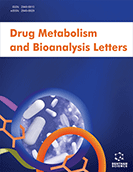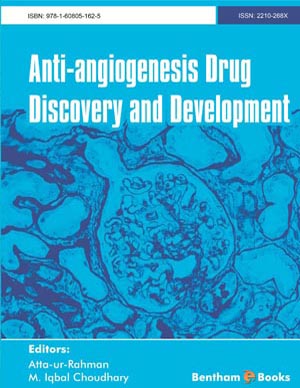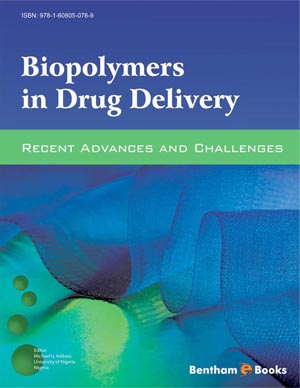Abstract
Recently, the sol-gel encapsulation method has attracted much attention for the development of desirable protein-doped matrices as biosensors. Proteins are entrapped into a porous, silica matrix that is formed via a low-temperature sol-gel reaction. The encapsulated proteins can retain their structure and biological activity for a prolonged period. This sol-gel encapsulation method allowed the reuse of expensive protein reagents multiple times. Furthermore, the encapsulation method often improved the stability of the immobilized proteins. Based on these reasons, this technology has been used in various fields, and is expected to contribute to the effectiveness of analytical systems and the application to high-throughput screening systems. In this review, we introduce various studies in which biomolecules were immobilized on capillary-, microchip-, and microarray-based analytical systems using the sol-gel reaction. The interactions of the immobilized biomolecules and analytes were detected using UV, fluorescence, mass spectrometry, or electrochemical detection. On the other hand, many researchers are studying the sol-gel processing to improve the biocompatibility of the sol-gel derived materials using new biocompatible silane precursors and processing methods. The microstructure of the silica matrix was also investigated using various analytical systems. We also review some reports that described the fundamental aspects of the sol-gel reaction.






















